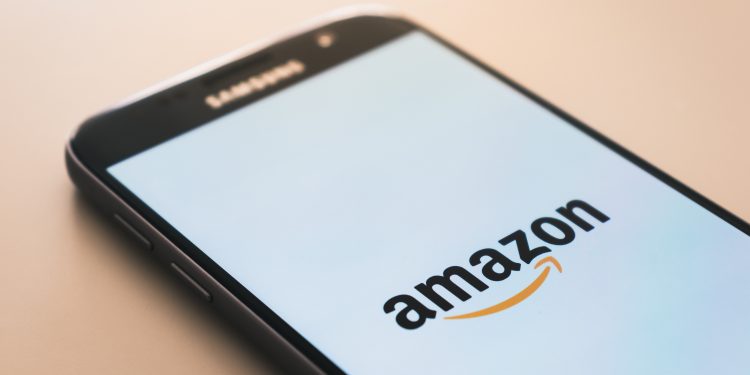One of the most highly anticipated annual retail events, Amazon Prime Day 2023, is less than two weeks away. On July 11-12, over 200 million Amazon Prime members worldwide will be able to hunt for bargains and snag personalized deals across a vast array of brands and product categories, including apparel, consumer packaged goods, electronics, fashion, health and beauty, household essentials, toys, and many more.
During Prime Day 2022, U.S. Prime members purchased more than 60,000 items per minute, and over 300 million items were bought globally, totaling $12 billion in sales. It was the biggest Prime Day event for Amazon’s selling partners, mostly small and medium-sized businesses. Sales of marketplace products grew 11.7% year over year, up from 10.4% during Prime Day 2021, according to Digital Commerce 360. And third-party merchants’ sales accounted for 37.2% of all Prime Day sales through Amazon in 2022, up from 36% in 2021.
Shoppers are expected to buy and spend even more during this year’s event. Amazon sellers in the U.S. will receive earnings from sales faster than ever with the new Express Payout option. Third-party merchants using Express Pay can receive deposits from Amazon within 24 hours, including on weekends. Not having to wait up to five days for ACH bank transfers would help improve small businesses’ cash flows, increasing cash on hand and potentially reducing the need for costly loans. To be eligible for Express Payout, a seller must have an account with one of the banks or credit unions participating in The Clearing House RTP network. Once enrolled, sellers can receive all payouts of $1 million or less from the U.S. Amazon store through Express Payout. Businesses that accept Amazon Pay and meet the requirements can also opt-in to Express Payout for speedier disbursements.
Customers can easily checkout for Prime Day deals and everyday purchases with their payment method of choice. Amazon shoppers can pay with credit and debit cards and several other methods, including gift cards, rewards points, Venmo, EBT, and FSA/HAS cards—all can be added to Amazon Wallet. Consumers can also pay with their checking accounts (ACH), though typically a less preferred option. Few shoppers have their bank routing and account numbers readily available, and most people are not accustomed nowadays to paying with their checking accounts.
As real-time payments adoption expands across the U.S., with more financial institutions participating in RTP and the soon-to-launch FedNow Service, consumers, and businesses will be able to make and receive payments directly to and from their bank accounts faster and more conveniently. Services like Express Payout and pay by bank will increasingly become the norm rather than the exception.
In the meantime, have your Amazon Prime Day shopping list and (digital) wallet ready to grab all the epic deals and steals coming up!
Overview by Elisa Tavilla, Director of Debit Advisory Services at Javelin Strategy & Research











